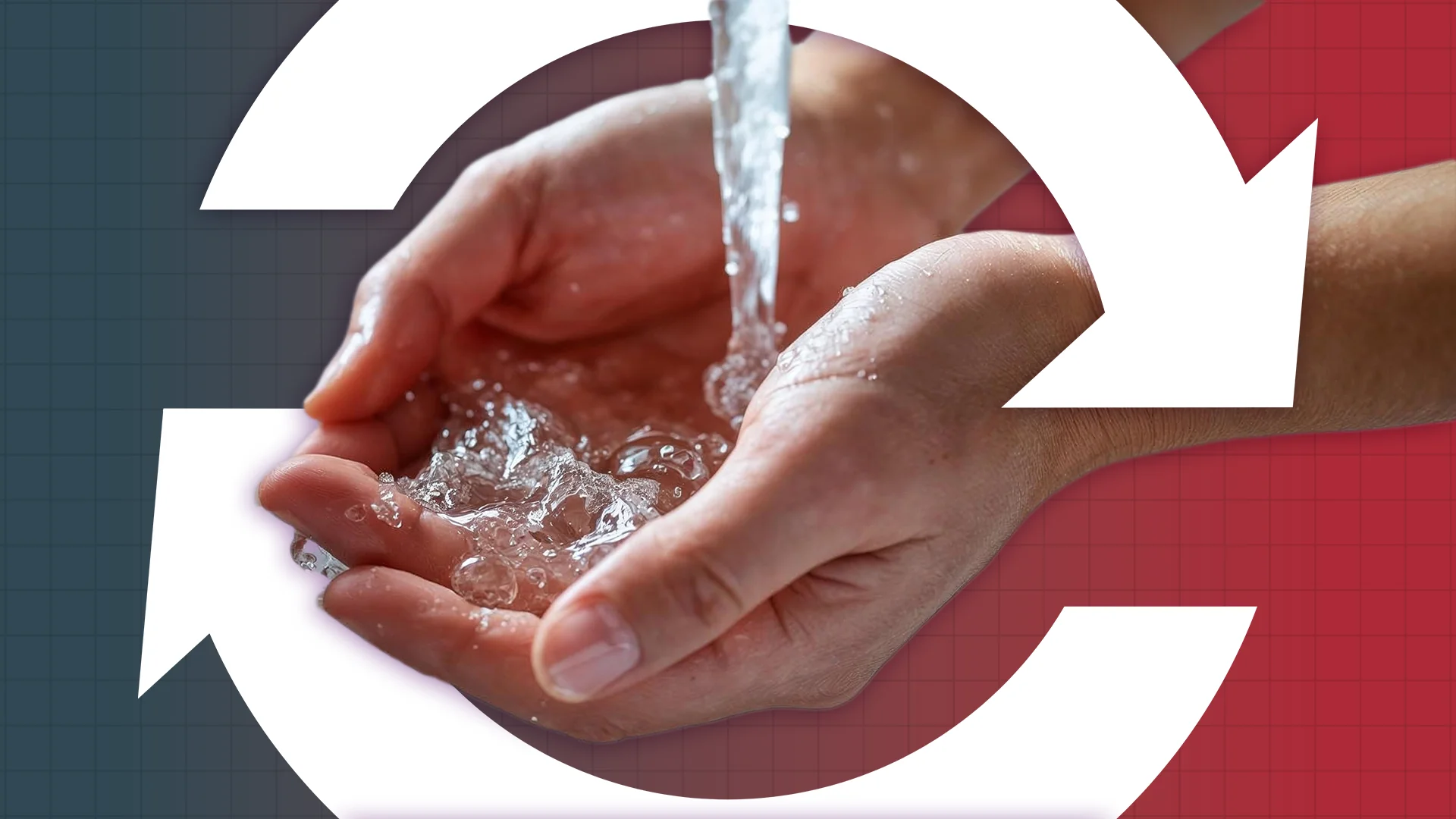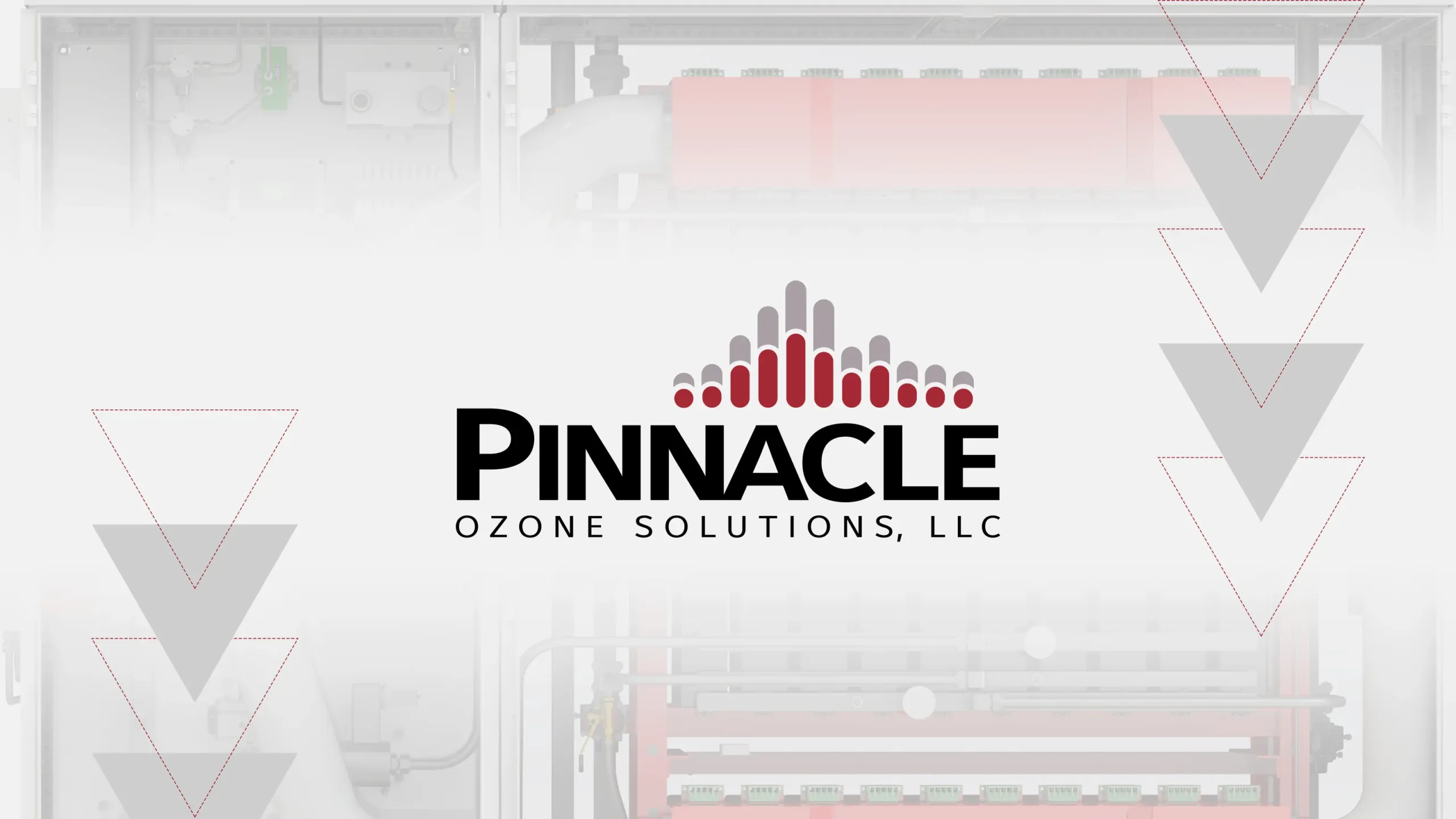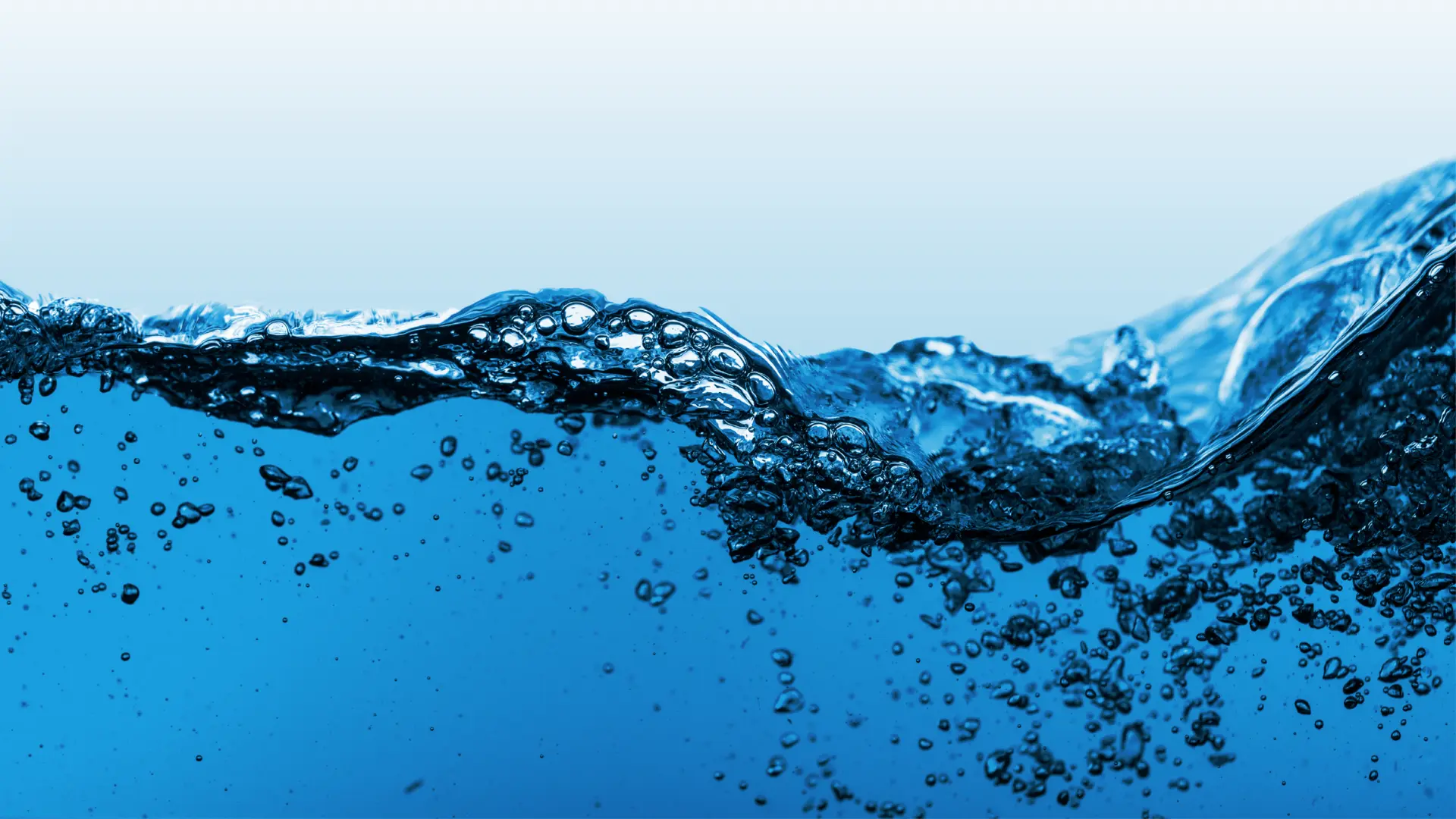A recent study has highlighted a concerning reality: wastewater treatment plants across the U.S. are failing to remove pharmaceutical compounds, including antidepressants like fluoxetine, antibiotics, hormones, and anti-inflammatories. These “micropollutants,” though present at low concentrations (ng/L to µg/L), have been linked to ecological disruption, antibiotic resistance, and long-term public health concerns.
As conventional biological and filtration-based systems reach their limits, utilities are turning to a more powerful tool: ozone.
At Pinnacle Ozone Solutions, we engineer advanced oxidation systems capable of targeting these persistent compounds with precision, scalability, and performance, even at trace concentrations.
The Problem: Micropollutants Slip Through Conventional Treatment
Most municipal WWTPs use mechanical + biological + filtration processes:
- Primary treatment – Solids removal
- Secondary treatment – Aeration + activated sludge for organics and ammonia
- Tertiary filtration – Sand, cloth, or membrane-based polishing
- Disinfection – Chlorine, UV, or ozone
These systems are not designed to handle trace-level, structurally stable contaminants like:
- Carbamazepine (anticonvulsant)
- Sulfamethoxazole (antibiotic)
- Ibuprofen, Diclofenac (anti-inflammatories)
- 17β-Estradiol, EE2 (hormones)
- Fluoxetine (antidepressant / SSRI)
Biological systems have low or variable removal efficiencies for these compounds, often <30%.
Once discharged, they enter rivers, lakes, and even drinking water sources, where they:
- Affect aquatic reproductive systems
- Promote antibiotic-resistant gene (ARG) propagation
- Challenge downstream treatment systems
Why Ozone Works: Reaction Pathways and Performance
Ozone is a powerful electrophilic oxidant that reacts with many pharmaceutical compounds either by:
- Direct oxidation at electron-rich moieties (e.g., aromatic rings, double bonds)
- Indirect oxidation via hydroxyl radical (·OH) formation in AOP mode
Example reactions:
- Carbamazepine + O3 → epoxide + aldehyde fragments + CO2
- EE2 + O3 → quinones + ring cleavage products
- Fluoxetine + ·OH → defluorinated, hydroxylated metabolites
Many of these reactions follow second-order kinetics with rate constants ranging from 103 to 106 M-1·s-1, enabling fast, efficient destruction in short CT (contact time) systems.
Performance Benchmarks
Numerous pilot and full-scale studies show ozone’s superior performance:
| Compound | Ozone Removal (%) | Notes |
| Carbamazepine | 90–98% | High oxidation potential |
| Diclofenac | 95–99% | Easily broken by electrophilic attack |
| Sulfamethoxazole | 70–90% | Partially resistant; improved with AOP |
| EE2 (hormone) | 85–95% | Reduced estrogenic activity post-ozone |
| Fluoxetine | 80–90% | Fast radical-driven degradation |
Sources: von Gunten (2003), Snyder et al. (2007), WRF Project #4376, EU DEMEAU Report (2016)
Pinnacle Engineering Approach: Designing for Micropollutant Removal
At Pinnacle, we configure ozone and AOP systems for micropollutant destruction by focusing on:
-
Oxidant Dose Optimization
- Typical ozone dose: 3–6 mg/L for advanced treatment
- Higher doses (up to 10 mg/L) for short CT, high-demand waters
- Adjusted based on UVT, TOC, alkalinity, and radical scavenging
-
Hydroxyl Radical Enhancement (AOP Mode)
- Use of H2O2 (peroxide) or UV-A + ozone to generate ·OH
- Reactor design ensures contact efficiency and residual control
-
Mass Transfer Efficiency
- Pressurized contactors with ≥95% MTE
- CFD-modeled flow for consistent oxidation zones
- Real-time feedback via ORP, ozone residual, and UVT sensors
-
By-product Management
- Target bromate mitigation in high-Br– waters
- Ensure control of aldehyde and ketone formation
- Downstream BAC (biological activated carbon) polishing option for biodegradable intermediates
Case Snapshot: Advanced Ozone for Effluent Polishing
Facility: 10 MGD tertiary WWTP
Feedwater: Secondary effluent
Target: Reduce pharmaceuticals prior to indirect potable reuse (IPR)
System Design:
- 4 lb./hr. Pinnacle QuadBlock® ozone system
- 3.5–5.5 mg/L ozone dose
- Peroxide-AOP mode
- Residual ozone stripping + GAC polishing
Results:
- Carbamazepine, ibuprofen, and EE2 reduced >90%
- UVT improved from 78% → 88%
- BAC filter loadings decreased 25%
- Zero ozone detected in final effluent
Conclusion
Conventional wastewater treatment was never built to handle fluoxetine, EE2, or carbamazepine, but the future of water reuse, discharge compliance, and ecosystem protection depends on removing them.
Ozone provides:
- High kinetic performance
- Non-selective oxidation via AOP
- Short contact time, high efficiency
- Low chemical footprint, modular integration
At Pinnacle Ozone Solutions, we don’t just deliver ozone, we deliver oxidation systems built to meet next-generation water quality standards, today.
Technical References
- von Gunten, U. (2003). Ozonation of Drinking Water: Oxidation Kinetics and Product Formation. Water Research
- Snyder, S.A. et al. (2007). Ozone Treatment of Pharmaceuticals and EDCs. Water Research Foundation
- WRF Project #4376 (2016). Ozone AOP for Potable Reuse and Trace Organic Control
- DEMEAU EU Report (2016). Ozone Performance on Emerging Contaminants in WWTPs
- Pinnacle Field Data (2021–2024)









